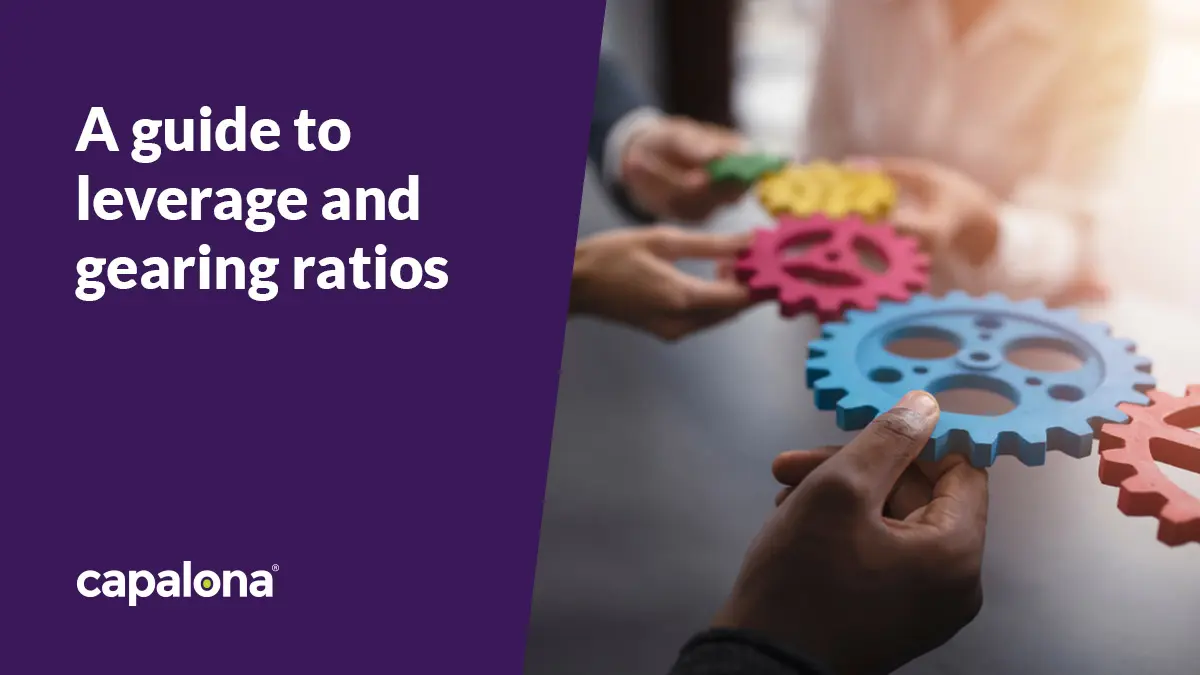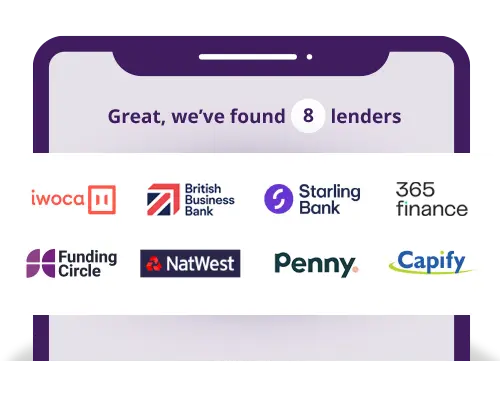Wondering what the term leverage and gearing ratios mean? If you’re looking for investment in your business or you’re hoping to invest in another company, understanding the leverage and gearing ratios can be a very useful financial metric to determine financial risk and dependence on debt financing.
Keep reading to learn more about calculating these ratios and why they’re useful for your business.
What are leverage and gearing ratios?
Leverage and gearing ratios help you understand the ratio of debt to equity in a business.
What are leverage ratios?
The term ‘leverage’ refers to how much you use debt to finance business operations and investments. Working out your leverage ratio helps you understand how your business adequately services its debt obligations.
What are gearing ratios?
The term ‘gearing’ focuses on the balance of debt versus equity, which, when calculated, is expressed as a percentage. If your gearing ratio is high, this suggests you have a high reliance on debt finance, which indicates higher financial risk.
What are leverage and gearing ratios used for?
By calculating your leverage and gearing ratios, you understand your business’s financial risk and capital structure. This is particularly useful when you’re looking to attract investors or you’re looking to invest in another business yourself.
Before an investor can invest in your business, they’ll want to understand how stable your business is financially — i.e. how much does your business currently rely on borrowed money? What’s the ratio of shareholder funds to debt-holder funds? And using these ratios can help answer those questions.
How to calculate leverage and gearing ratios
There are a few leverage and gearing ratios you can use to determine the financial stability of your business. There is no ratio called ‘leverage’ or ‘gearing’, these are descriptive terms used when calculating the proportion of the business’s funding that comes from either debt or equity.
Debt-to-equity ratio
This is the most often used ratio and can be calculated using the below formula:
Debt-to-equity ratio = total debt / total shareholders’ equity
Let’s say you’re in debt by £500,000, and your shareholders’ equity is £200,000.
500,000 / 200,000 = 2.5
The higher the debt-to-equity ratio, the more significant the financial risk. A ratio of 1 up to 1.5 is typically good, and a ratio of 2 or more can be a red flag to investors as your company could have taken on too much debt.
It’s important to understand that every industry is different. For example, higher-than-average ratios might be common in capital-intensive industries like manufacturing or utilities.
Debt ratio
The debt ratio helps calculate how much of your assets are financed by debt. Here’s the formula to calculate the debt ratio:
Debt ratio = total debt / total assets
Let’s say your assets are worth £800,000, and you’re in debt by £450,000.
£450,000 / 800,000 = 0.56 or 56% of your assets are financed by debt.
What’s a good debt ratio? A debt ratio between 30% and 60% is considered good.
Debt-to-EBITDA ratio
This ratio will help you calculate how much your company makes from business operations before taking into account financial and tax obligations. You’ll need to divide your total debt (both long and short-term) by earnings before interest, taxes, depreciation, and amortization (EBITDA).
Total debt / EBITDA
So, if your total debt totalled £500,000 and your EBITDA was £150,000:
500,000 / 150,000 = 3.3
Industries vary, but largely a ratio of under 3 is considered good and anything between 4 and 6 can flag some concern. Basically, the higher the ratio the more financial risk your company poses to lenders and investors. But if you have a lower debt-to-EBITDA ratio your company is in a better position to pay off its debts quicker.

Why you should compare leveraging ratios to others in the industry
It's important to benchmark your financial health against the average ratios in your industry. If you realise your ratios are higher than average, this information can help you risk assess and plan for the future and make accurate financial decisions.
In addition to comparing your leverage and gearing ratios to others in your industry, you should also compare them with your previous ratios. This helps you identify and analyse trends and understand how you continue to manage your debt levels and financial risk as the years go by.
What to do if your leverage and gearing ratio is high
If your leverage and gearing ratio is high, you'll want to consider reducing your reliance on debt to finance your business.
In this case, there are a few options available to you:
- Consolidate your debt. By consolidating your debt into one monthly loan payment, you benefit from one lower interest rate, reducing monthly loan payments and ensuring you don't miss a repayment. To consolidate your debt, you can apply for a business debt consolidation loan or a large business loan.
- Consider equity finance. To reduce your reliance on debt financing, you could apply for equity finance. Equity finance means giving ownership equity to an angel investor or someone similar in return for investment into your business.
- Cut costs where possible. To help repay your debts quicker, consider cutting costs throughout your business — just as long as the cut isn’t detrimental to your business operations. For example, you might find you’re paying out for underused software subscriptions or duplicate subscriptions.
- Improve cash flow management. A healthy cash flow is essential to succeed in business, so how you manage it matters. Some cashflow management techniques can include invoices as soon as work is completed, offering customers discounts for paying quickly or using automated invoice software. Don’t forget to plan and forecast cash flow as accurately as possible, understand your incomings and outgoings and plan for unexpected expenses.
Remember, having company debt isn’t necessarily a bad thing. You might, for example apply for a business loan, and take on the debt, but the renovation project it’s funding will generate a ton of revenue in the coming years — so, in this case, it’s a worthwhile investment.
It’s always important to take a step back from the leverage and gearing ratio and apply it in context.
If you’re looking for new ways to finance your business, learn how to get a business loan or compare lenders for free today.






